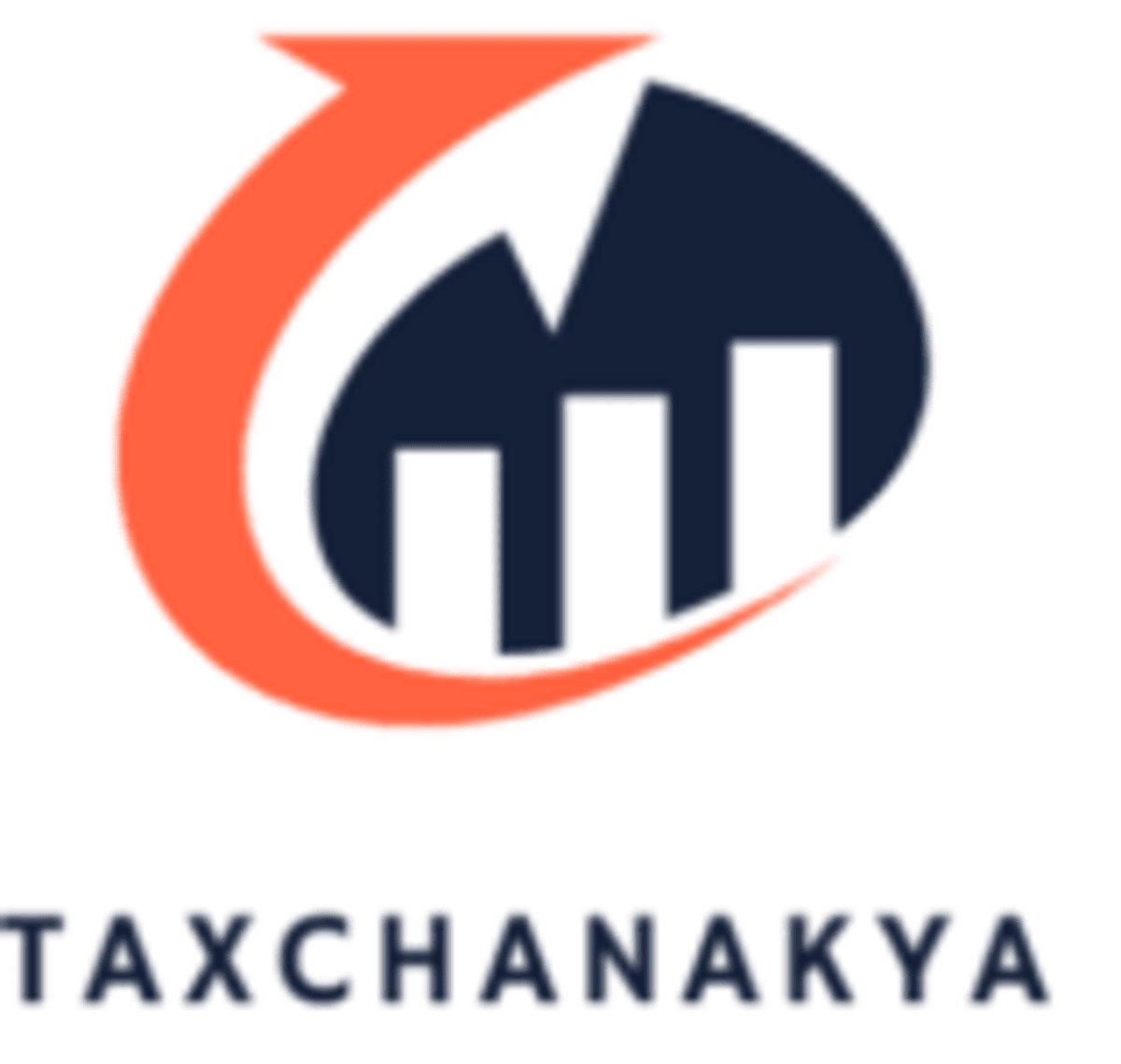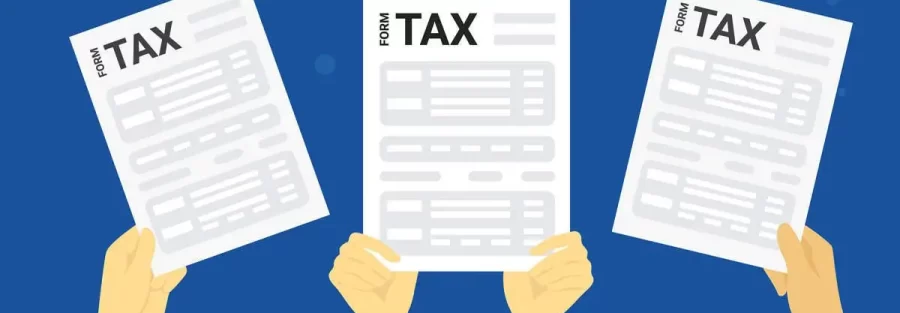New Tax Regime: Default Yet Flexible: Starting FY 2023-24, the new tax regime becomes the default option for taxpayers. However, taxpayers can still opt for the old tax regime if it suits them better.
Tax Rebate for Income Up to ₹7 Lakhs
Under the new regime, taxable income up to ₹7 lakhs is entirely tax-free, thanks to the tax rebate introduced. This benefit makes the new regime particularly advantageous for low and middle-income earners.
Revised Tax Slabs
The new tax regime recalibrates income tax slabs for enhanced clarity:
- Up to ₹3 lakh: Nil
- ₹3 lakh to ₹6 lakh: 5%
- ₹6 lakh to ₹9 lakh: 10%
- ₹9 lakh to ₹12 lakh: 15%
- ₹12 lakh to ₹15 lakh: 20%
- Above ₹15 lakh: 30%
Additionally, the basic exemption limit has increased from ₹2.5 lakh to ₹3 lakh.
Standard Deduction Extended
Salaried individuals and pensioners can now claim a standard deduction of ₹50,000 under the new tax regime.
Reduced Surcharge Rates
For those earning above ₹5 crore annually, the surcharge has been reduced from 37% to 25%, effectively lowering the maximum tax rate from 42.74% to 39%.
Exemptions and Deductions: What’s In and What’s Out
Unavailable Deductions/Exemptions:
Taxpayers cannot claim many common exemptions under the new regime, such as:
- HRA, LTA, and professional tax
- Section 80C, 80D, and most Chapter VI-A deductions
- Interest on home loans for self-occupied property (Section 24)
- Perquisites like food allowance, education allowance, and more
Available Deductions/Exemptions:
Despite restrictions, the new regime offers some exemptions:
- Employer contributions to NPS (Section 80CCD(2))
- Deductions for Agniveer Corpus Fund deposits (Section 80CCH)
- Conveyance and transport allowances for specific cases
- Daily allowances for tours or transfers
- Interest on home loans for let-out properties
Choosing Between New and Old Regime
- Salaried Taxpayers: Can select the new regime at the start of the financial year and intimate their employer. However, they may switch when filing their income tax return.
- Non-Salaried Taxpayers: Must decide while filing their tax returns. Business/professional taxpayers cannot opt-in and opt-out every year.
Tax Planning Tips
- Compare both regimes to determine the most beneficial option.
- Factor in the loss of deductions under the new regime while planning investments.
- Submit Form 10IE to the Income Tax Department if opting for the new regime.
The new tax regime simplifies compliance but requires strategic planning. Evaluate your financial situation to make an informed choice and maximize savings.
Post Disclaimer
Disclaimer: The content/information published on the website is only for general information of the user and shall not be construed as legal advice. While the Taxchanakya has exercised reasonable efforts to ensure the veracity of information/content published, Taxchanakya shall be under no liability in any manner whatsoever for incorrect information, if any.





